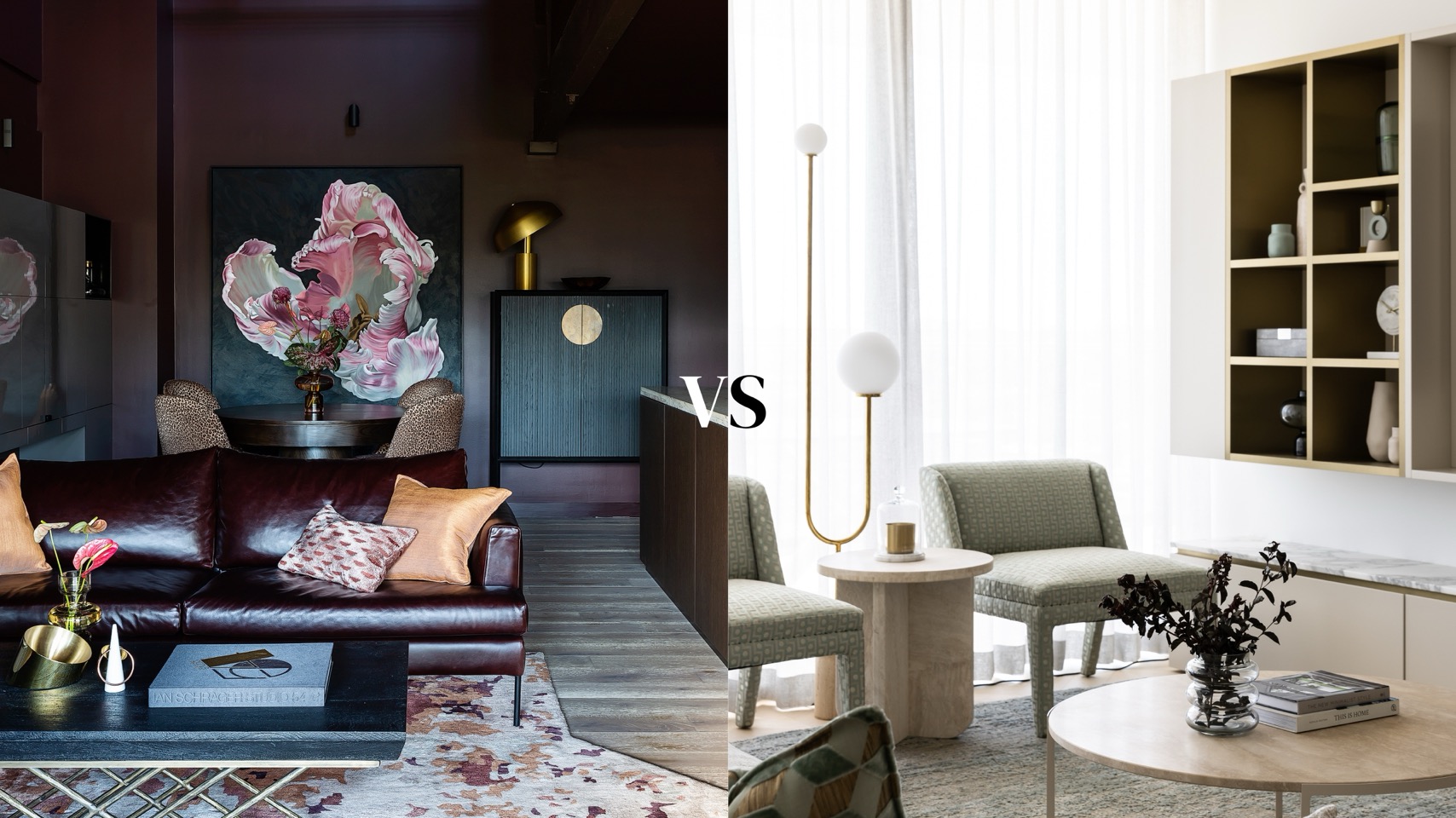
Most interior design styles can be broadly categorised into two main approaches: maximalism and minimalism. The question then becomes; which design style best suits your preferences and needs?
Whether you are drawn to maximalism’s vibrant and eclectic style or minimalism’s serene simplicity, understanding their design principles and historical contexts can enhance your approach to interior design. Either way, each design journey can be intensely personal and remarkably evocative.
Maximalism History
Maximalism in interior design celebrates abundance and richness, contrasting sharply with the minimalist approach. This style has deep historical roots, dating back to the 16th-century cabinets of curiosities, where wealthy individuals displayed exotic and valuable items to showcase their affluence. During the Victorian era, maximalism resurfaced with an emphasis on opulence, as Victorians decorated their homes with intricate details and luxurious materials to reflect their status and personality.
Maximalism has seen a resurgence in recent years, fuelled by social media and a shift away from minimalist trends. As people sought to express individuality and embrace a more vibrant style, maximalism became popular for it’s ability to create rich, engaging interiors. This revival reflects a growing desire for spaces that are both visually stimulating and deeply personal.
Woods & Warner place considerable emphasis on the initial consultation meeting to formulate the basis to start the initial aesthetic concept design. The integration of clients’ preferences, requirements, and aspirations serves as the key to our approach, which is then woven into innovative design solutions, resulting in a harmonious and high-quality living space.
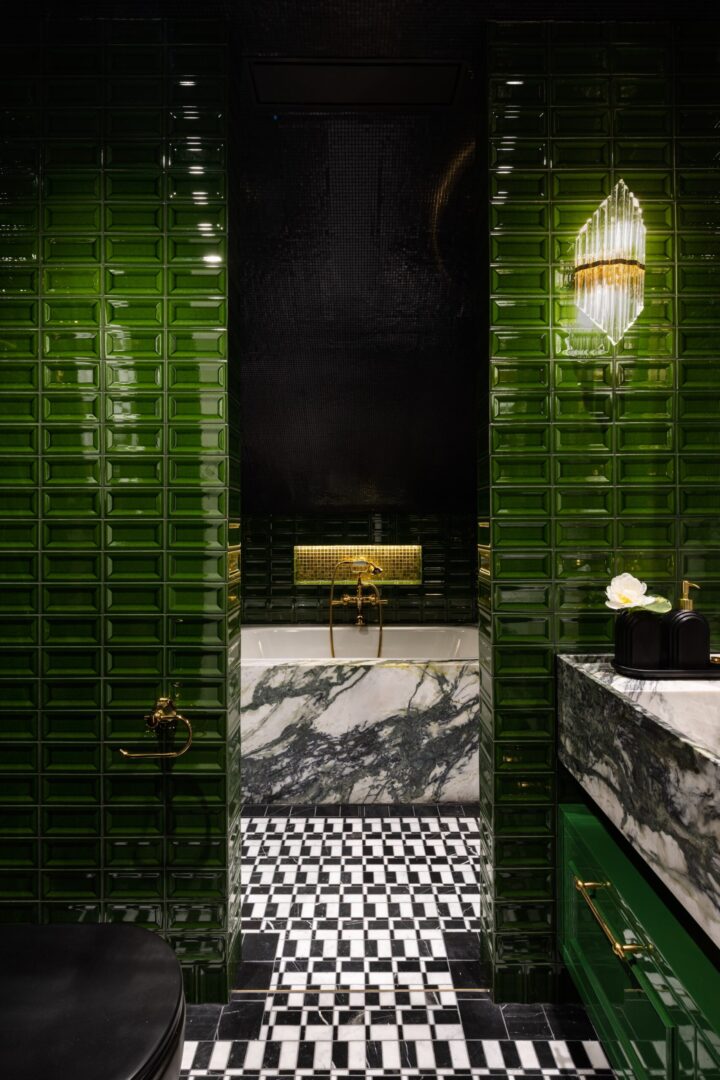
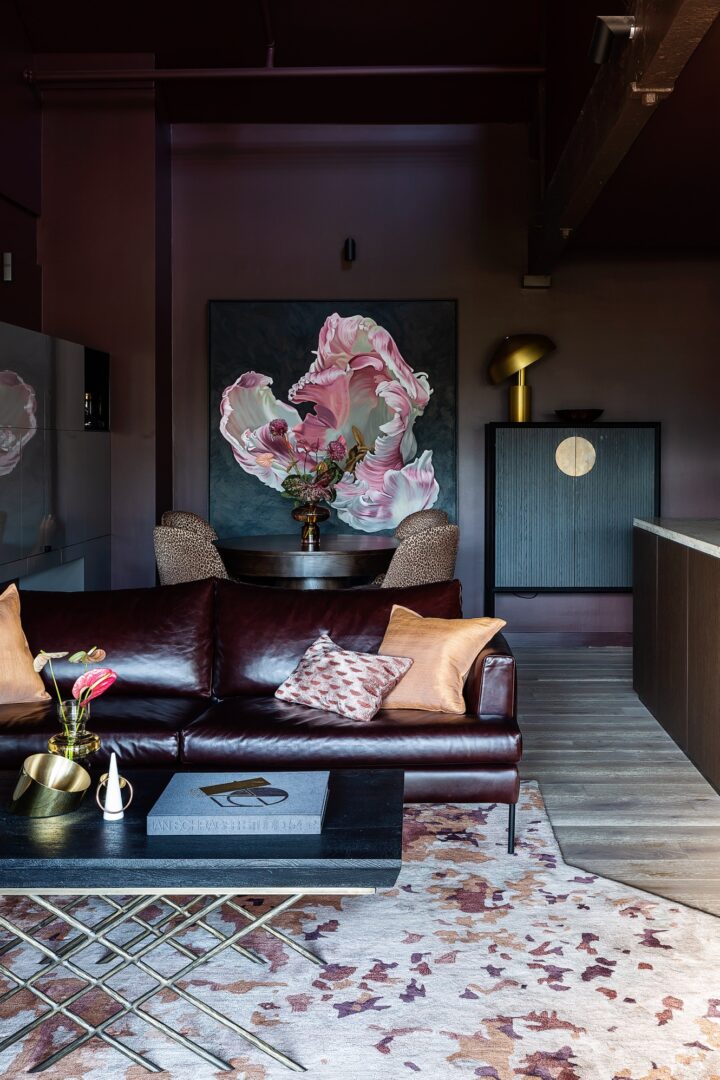
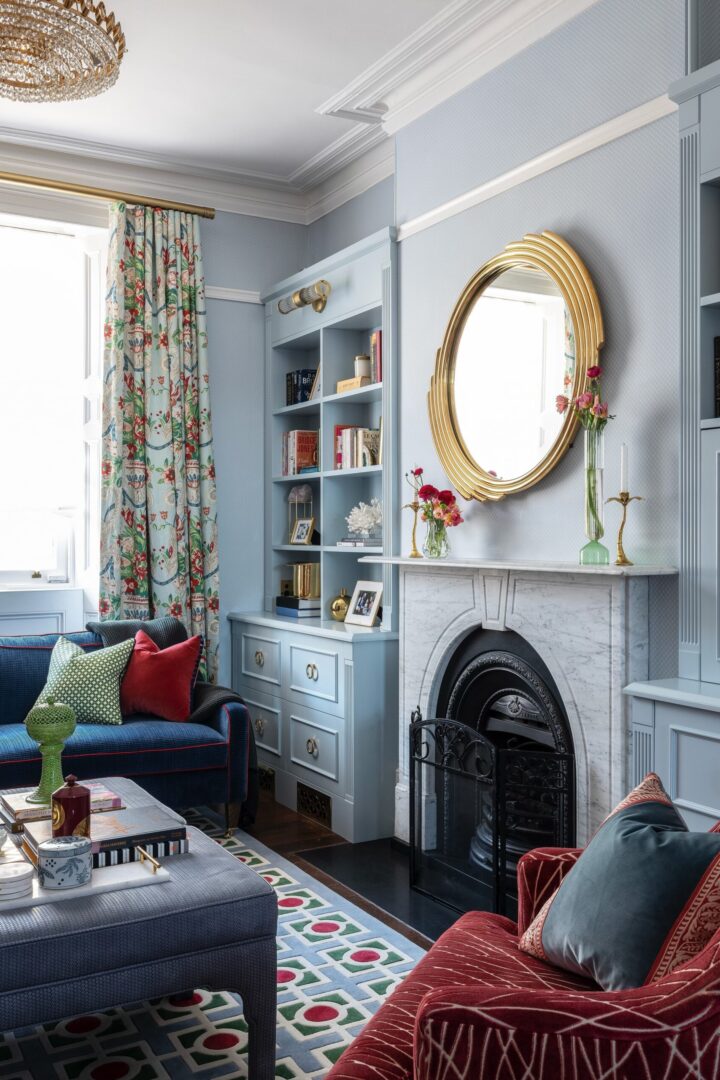
W&W Design Tips for Maximalism
To create a successful maximalist interior, we at Woods & Warner consider the following design elements:
- Layering and Textures: There is nothing more satisfying for us than combining various textures and materials, such as velvet, silk, and leather, with bold patterns and rich, vibrant colours. We layer rugs with curtains and decorative pillows with trimming details to add depth and complexity to a scheme.
- Eclectic Collections: W&W curate collections of diverse items, including vintage furniture, contemporary art, and unique artifacts. The goal is to create a visually stimulating space that tells a story. Mixing eras and styles by blending furniture and decor from different periods and styles to create a layered, eclectic look.
- Bold Patterns Colours & Accents: We use vibrant wallpapers, colourful rugs, and statement furniture pieces, mixing contrasting patterns to achieve a dynamic and cohesive look. Choosing a few bold statement pieces is a must, such as oversized artwork or installing a gallery wall with elaborate light fixtures, to serve as focal points. The aim is not to be afraid in incorporating diverse accessories to add personality and charm to each space.
- Personal Touches: The final touches are to incorporate personal items like family heirlooms and tasteful travel souvenirs to add character and authenticity to your space.
- Incorporating Nature: And finally, the inclusion of large fresh floral displays will always enhance the richness and vibrancy of the space.
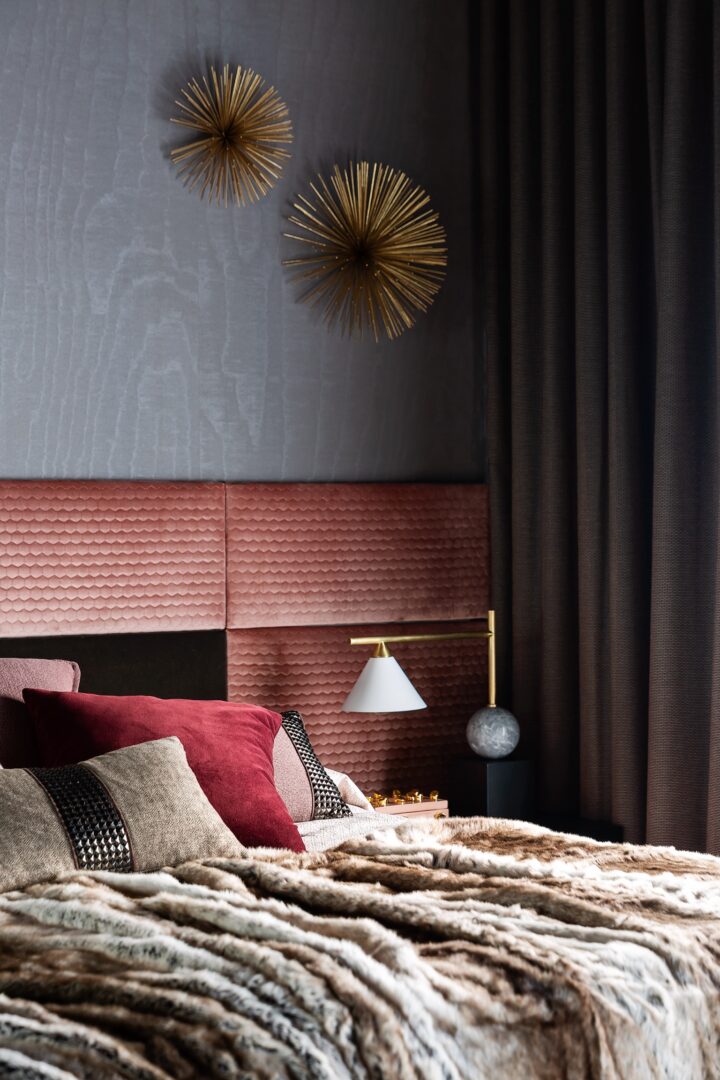
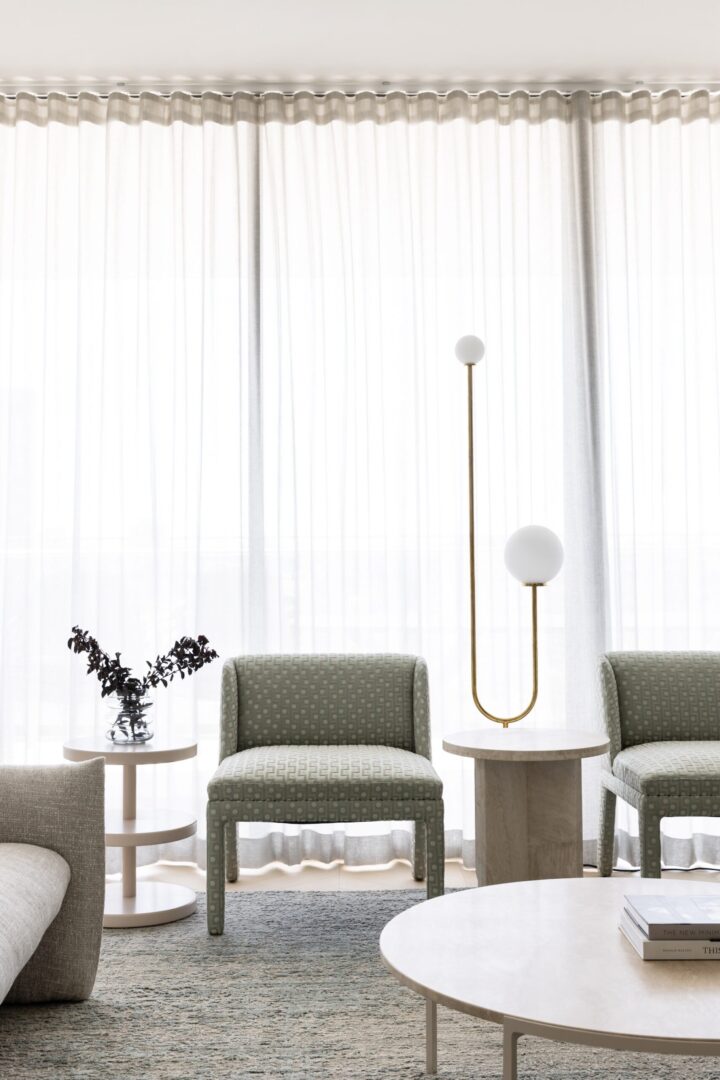
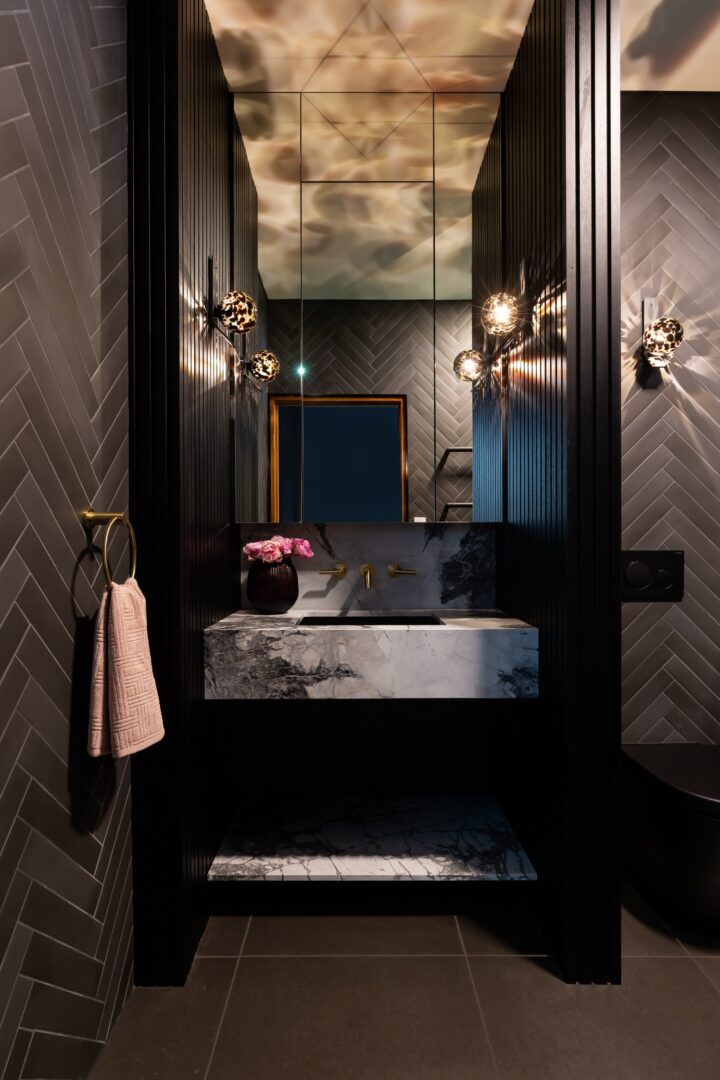
Contrasting Maximalism and Minimalism
So, with maximalism embracing complexity and excess, in contrast, minimalism emphasises simplicity, functionality, and a “less is more” approach.
When we create Minimalist interiors, we focus on clean lines and open spaces with the priority of removing unnecessary elements to achieve a sense of visual harmony. By embracing negative space and simplicity, it will highlight the main point effectively.
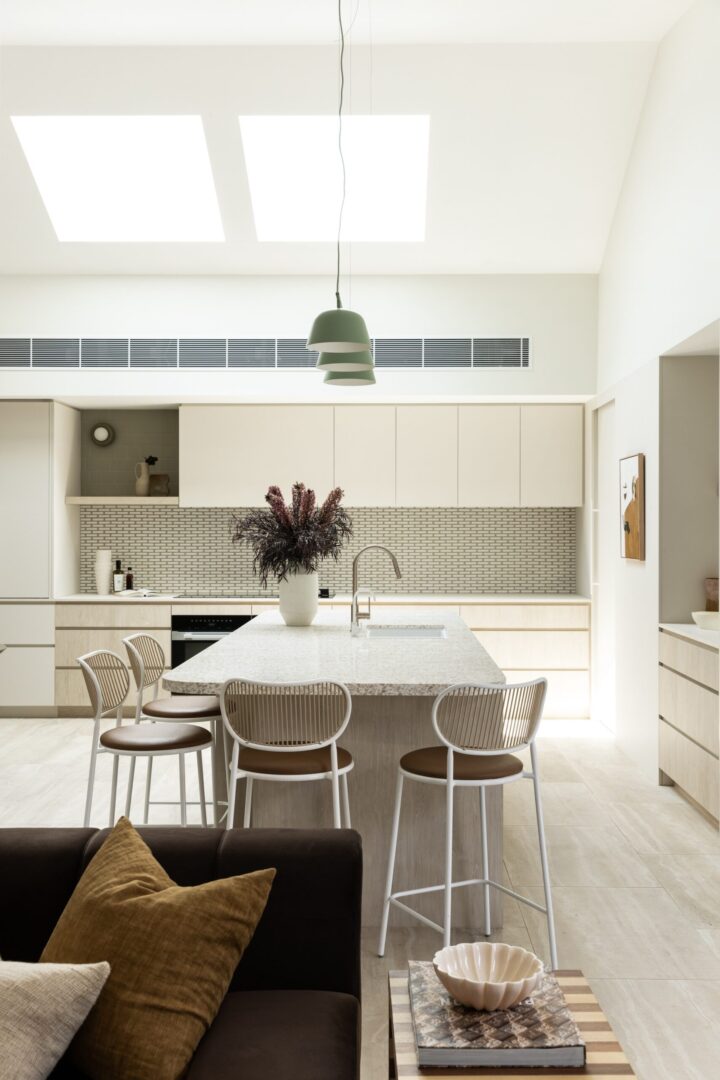
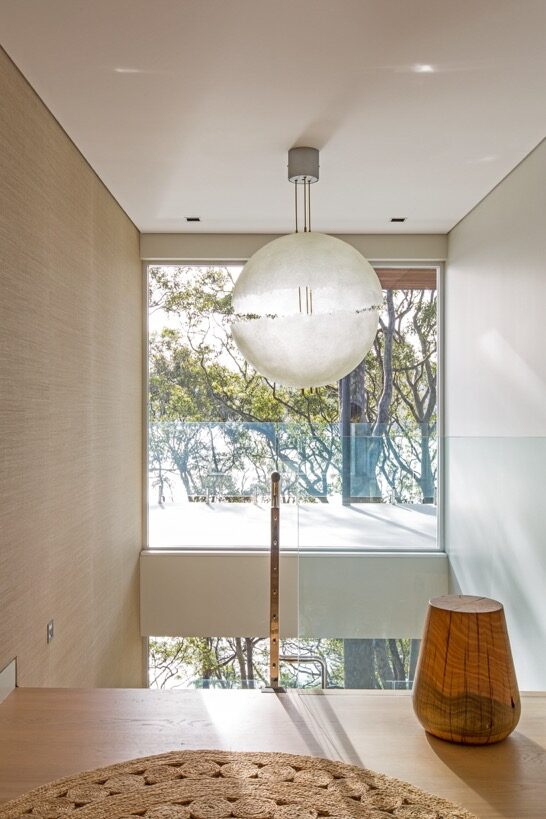
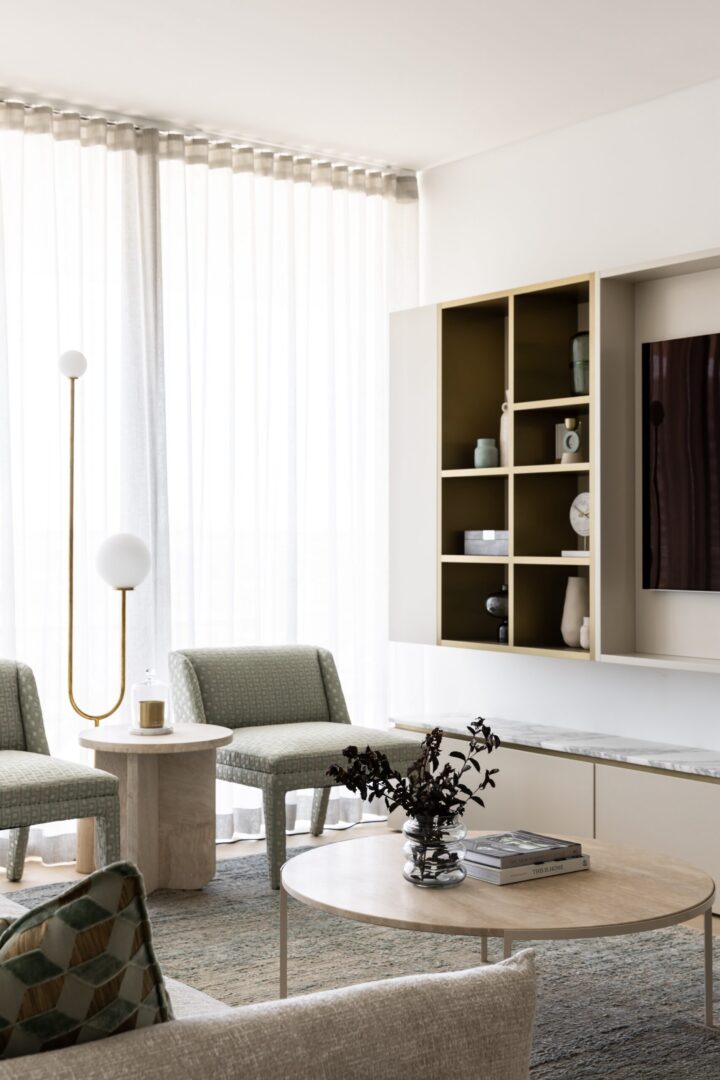
Characteristics of Minimalism
The aim of a successful minimalist interior is to create a tranquil, airy space with minimal clutter. Lighter colours, delicate textures, and organic forms are central to this style. To achieve an engaging yet serene environment, we at Woods & Warner stand by these principles.
- Colour Palettes: Are soft, warm neutral tones like browns, beiges, sage, nudes, and creams to create a relaxing atmosphere. This cohesive palette extends to wall treatments, such as a textural sisal wallpapers & natural materials used in furniture, and accessories.
- Nature: We opt for wood selections with visible grain, such as walnut, oak, or ash, to enhance visual appeal. We choose simple shapes and clean lines to maintain the minimalist theme. Incorporating organic shapes and textures add visual interest and a sense of calm to any interior.
- Accents and Accessories: Always elevate a space with sculptural accents in materials like stone, glass, and ceramics. We carefully curate selected pieces that complement the interiors colour palette while varying in texture and hue. The addition of incorporating natural elements like dried flowers or stems to add warmth and structure.
Criticisms?
Minimalism is sometimes criticised for being too sterile and impersonal, a serial hoarder’s nightmare. It’s strict adherence to simplicity can make it challenging to express individuality and personal style to some. However, minimalism’s popularity stems from it’s emphasis on simplicity and clarity, removing non-essential elements to create an efficient, beautiful environment. We believe this design approach symbolises efficiency and freedom through its minimalist ethos.
Maximalism and minimalism offer distinct approaches to interior design. Maximalism invites creativity and abundance, while minimalism promotes simplicity and functionality.
Maximalism invites you to create a space that is rich in colour, texture, and personality, while minimalism encourages a thoughtful approach to simplicity and functionality.
Both styles offer unique ways to express individuality and create a meaningful living environment.
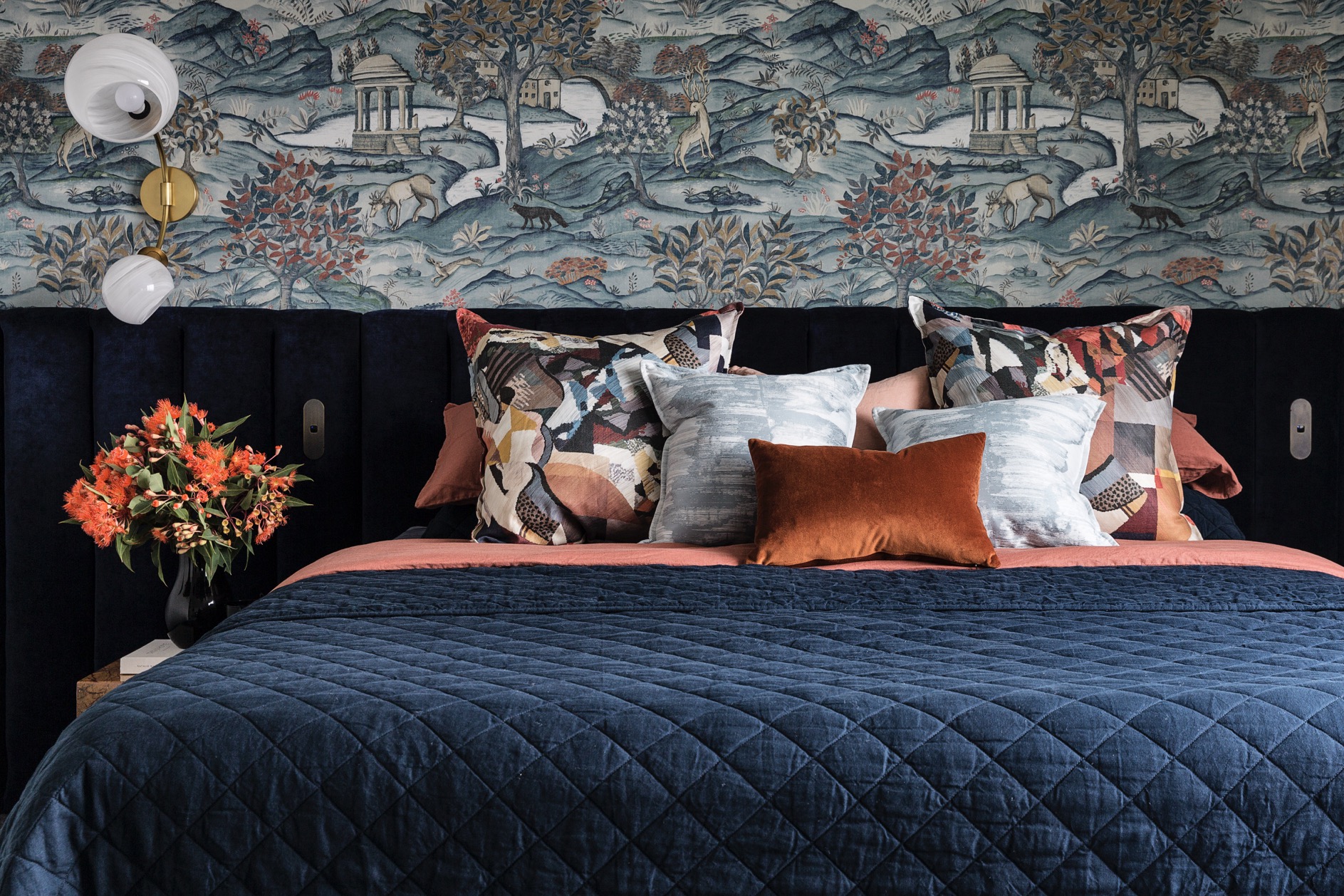
Woods & Warner have a clear understanding of these two distinct styles that enables them to design interiors that reflect each client’s unique preferences and needs.
With a passion for skilfully creating dynamic and personalised spaces, both Jacinta Woods & Sonia Warner are maximalists at heart, although they very much appreciate the simplicity, utility, and elegance of what a Minimal interior offers.
Less is More or More is More – which is the right style approach for you?



